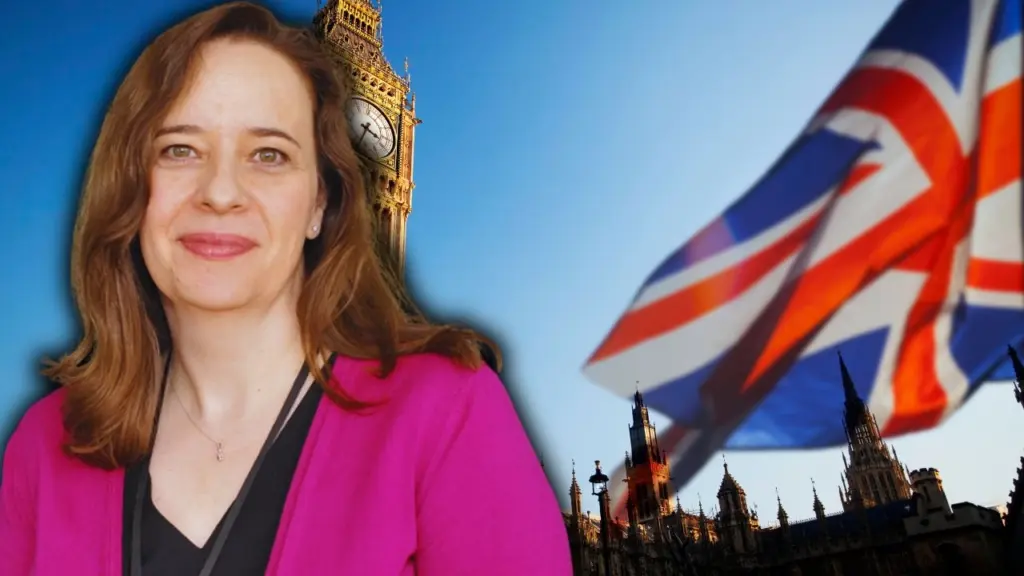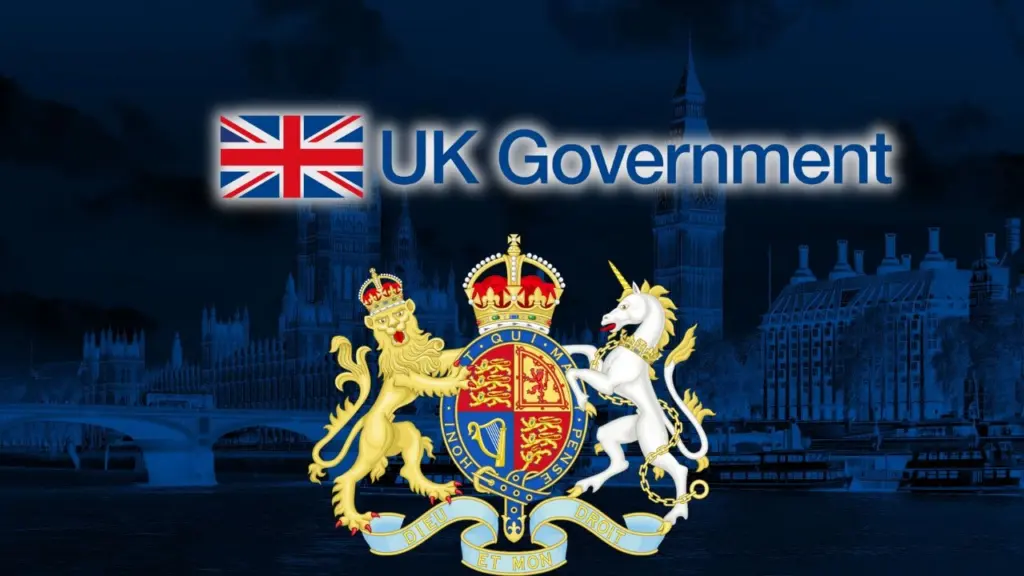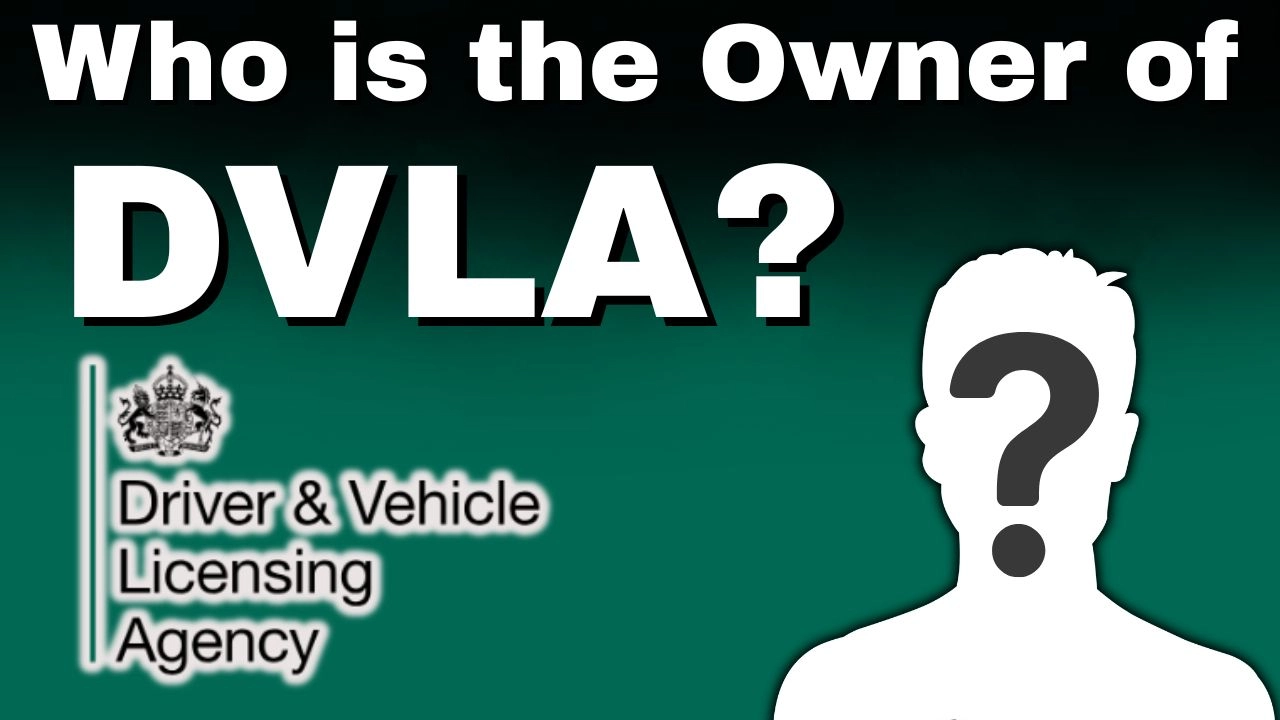The Driver and Vehicle Licensing Agency (DVLA) is a government executive agency in the United Kingdom responsible for maintaining the registration and licensing of drivers and vehicles. Headquartered in Swansea, Wales, the DVLA is one of the most important agencies under the UK government’s Department for Transport (DfT).
The agency does not operate as a private company or a publicly traded corporation. Instead, it is fully owned and managed by the UK Government, making it a public sector entity rather than a profit-driven enterprise.
DVLA oversees more than 50 million driver records and over 40 million vehicle records. It plays a central role in ensuring road safety, maintaining accurate records for taxation, and facilitating processes such as driving license applications, renewals, and the popular service of V5C change of owner when buying or selling a vehicle.
Founded in 1965, the DVLA replaced the previously fragmented system of local licensing offices with a centralized agency. Since then, it has been modernized into a digital-first system that handles millions of online transactions every year.

As of 2025, DVLA is led by Julie Lennard (Chief Executive), who has overseen key digital transformations in the agency since her appointment.
Ownership Status of DVLA
Unlike companies listed on the stock market, DVLA is not privately owned. Instead, it is a government-owned agency reporting directly to the Department for Transport. This means that its “ownership” lies with the UK Government on behalf of the public.

Every service DVLA provides, from issuing driver’s licenses to processing a V5C logbook transfer, is funded through fees and charges set by government policy rather than shareholder profit motives.
Key Characteristics of DVLA Ownership:
| Aspect | Details |
|---|---|
| Type of Ownership | UK Government (Department for Transport) |
| Founded | 1965 |
| Headquarters | Swansea, Wales |
| Chief Executive (2025) | Julie Lennard |
| Nature of Entity | Public sector executive agency |
| Primary Functions | Driver licensing, vehicle registration, road tax, V5C change of ownership. |
Thus, when people ask “Who owns DVLA?”, the simple answer is: The UK Government owns and operates DVLA.
Key Responsibilities of DVLA
Ownership of DVLA by the government is significant because it defines its responsibilities:
- Driver Licensing – Issuing, renewing, and updating driver licenses.
- Vehicle Registration – Keeping accurate records of cars, vans, motorcycles, and other vehicles.
- V5C Change of Owner – Handling the process of updating the V5C logbook when a vehicle changes hands. This is one of the most searched DVLA services online.
- Road Tax Collection – Ensuring vehicle excise duty is paid and up-to-date.
- Road Safety & Enforcement – Working with the police and other agencies to identify uninsured or unlicensed drivers.
- Digital Transformation – Moving services like tax your vehicle, check MOT status, and V5C online updates to streamlined digital platforms.
Why the DVLA is Not Privately Owned
Some people mistakenly assume DVLA might be a private company because it charges fees (for example, when you apply for a driving license or process a V5C ownership change). However, all fees collected go directly into supporting public services and not to private shareholders.
This model ensures:
- Fair Access – Every driver and vehicle owner is treated equally.
- National Oversight – Ensures accurate databases for safety and taxation.
- Public Accountability – The UK Government and Department for Transport answer to Parliament and citizens for DVLA operations.
Recent Developments in DVLA
Over the past few years, DVLA has modernized significantly:
- The V5C change of owner process has become largely digital, making it faster to transfer vehicle ownership.
- Online tools now allow you to check MOT history, road tax, and driving license information without needing physical forms.
- In 2023–2024, DVLA reported record levels of online service usage, with millions opting for digital logbook transfers instead of posting paper forms.
- There have been government-backed investments in DVLA’s Swansea headquarters to improve digital infrastructure and reduce delays in processing applications.
These developments underline that DVLA remains a publicly owned, government-operated agency but is increasingly functioning like a modern digital service provider.
FAQs
1. Who is the current owner of DVLA?
DVLA is owned by the UK Government through the Department for Transport. It is not a private company.
2. Is DVLA publicly traded or privately owned?
DVLA is neither—it is a public sector executive agency fully managed by the UK Government.
3. Who founded DVLA?
DVLA was established in 1965 to centralize vehicle and driver licensing records.
4. What is the V5C change of owner process?
The V5C logbook must be updated when buying or selling a car. DVLA allows you to process this online instantly or by post using the V5C form.
5. Where is DVLA located?
DVLA’s headquarters is in Swansea, Wales, where the majority of its operations are based.
6. Has DVLA ownership changed recently?
No, DVLA has always been and continues to be owned by the UK Government. However, digital transformation has changed how services are delivered.
7. What does DVLA ownership mean?
DVLA ownership refers to the fact that the Driver and Vehicle Licensing Agency is fully owned by the UK Government, not by private individuals or corporations. Its authority and funding come through the Department for Transport.
8. Who owns DVLA?
DVLA is owned by the UK Government. It is a public agency that operates on behalf of British citizens.
9. Is DVLA a government agency or private company?
DVLA is a government executive agency. It is neither a privately owned company nor a publicly traded corporation.
10. What is the V5C change of owner process?
The V5C change of owner process is required whenever a vehicle is sold, gifted, or otherwise transferred. The seller must notify DVLA by completing the V5C form (logbook) or using DVLA’s online change of ownership service. Once completed, DVLA updates its database, and the new keeper receives a new V5C logbook.
11. How does DVLA logbook transfer work?
The DVLA logbook transfer is another way of describing the V5C ownership change. It can be done online (fastest) or by posting the V5C form to DVLA. The process ensures the official database reflects the correct keeper of the vehicle.
12. What is the DVLA contact number?
DVLA’s main contact number for drivers and vehicle owners is 0300 790 6801 (UK). This line provides support for licensing, logbook transfers, tax, and other DVLA-related queries.
13. Where is the DVLA Swansea office located?
DVLA’s headquarters is located in Swansea, Wales. This central office is responsible for overseeing national driver and vehicle records and is the hub of DVLA’s operations.
Discover more from Who Is The Owner Of
Subscribe to get the latest posts sent to your email.

